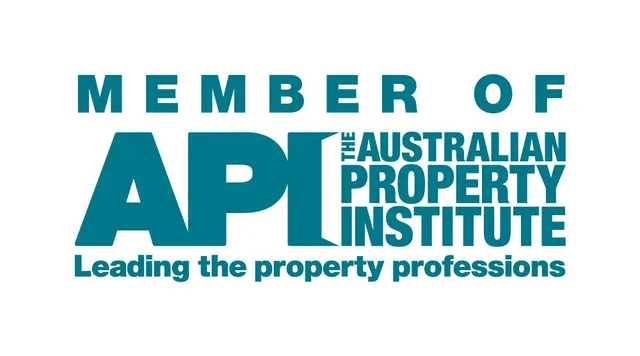Commercial Property Investments – What You Should You Expect
9 March 2017
With the constant changes and increasing options for the funding of property, many people are either starting to consider or are being forced to consider commercial property. The post Commercial Property Investments – What You Should You Expect appeared first on Aspect Buyer's Agency.

With the constant changes and increasing options for the funding of property, many people are either starting to consider or are being forced to consider commercial property.
To many investors, the thought of commercial property is a mix of fear, uncertainty and a bit of excitement.
Through my work, I analyse a lot of commercial property, and time and time again you see the result of a selling agent who either does not know how to market commercial and what information they should be providing, coupled with a bevy of buyers who are looking at it like a residential investment.
The influence of residential buyers getting involved in commercial property has become evident by the continued downward pressure of yields, which has been helped by low interest rates, and lending policy of some banks.
There are pros and cons to both forms of investment but they suit very different styles of investment.
Residential Property
Pros
- Generally Consistent Value Growth
- Easier to find tenants
- Easier to finance
- Generally Easier to sell
- Good place to start investing
Cons
- Lower rental yields
- Shorter leases terms may increase vacancy
- Landlord is responsible for most outgoings
- Competing against homeowners who
Commercial Property
Pros
- Longer tenancies 3-5 years
- Tenants pay can pay for outgoings and refurbishments
- Tenants are more stable due to being place of business
- Easier to Manage overall
- Usually higher yields
Cons
- Extended vacancy periods are possible
- Capital growth is linked to rental income rates and yields
- Good tenants are important as the business is responsible for the rent
- Harder to finance as interest rates and don’t take returns into account deposits are often higher
Insufficient annual increases or long term and option periods that don’t provide the landlord with sufficient return could hinder the sale and value of the property. Understanding the implications of repairs and maintenance responsibility as well as the outgoings (holding costs), all contribute to the eventual net yield (net return) of the investment.
Selling agents will often quote the rents as Gross and GST inc. This significantly inflates the rental paid, thus the return and asking price. The inexperienced investor may fall for this and inadvertently pay more than they should, as they don’t account for all holding costs and outgoings.
All property both residential and Commercial should be analysed on a NET rent for investment purposes. The Net rent is the Gross or face rent the tenants pays less all the outgoings that not recoverable from the tenant by the owner. By comparing the true net rent, you can easily compare different properties and investment options to determine which one is giving you the best return.
If you are looking at commercial property, the Sydney markets are pushing yields between 3% – 7% net, if you are buying out of the Sydney market Yields are sitting between 6% – 10%+, depending on the tenant, location, lease length and terms and the age and style of the building. Deals can be done in the Sydney Market with yields between 7%- 10% but you need to how to create the opportunity, they just don’t get advertised.
The graph below is depicting the Australian Commercial market returns, as can be seen, rents have slowly decreased (pink), but with the capital value has increased which is a result of lowering yields.
If rents remain stable or continue to decrease and yields increase, loses will be evident in some markets.
If you have purchased a commercial investment on sub 5.0% net yield, unless rents start to increase, I would be preparing to make a lose on your investment in the medium term.
The post Commercial Property Investments – What You Should You Expect appeared first on Aspect Buyer's Agency.



